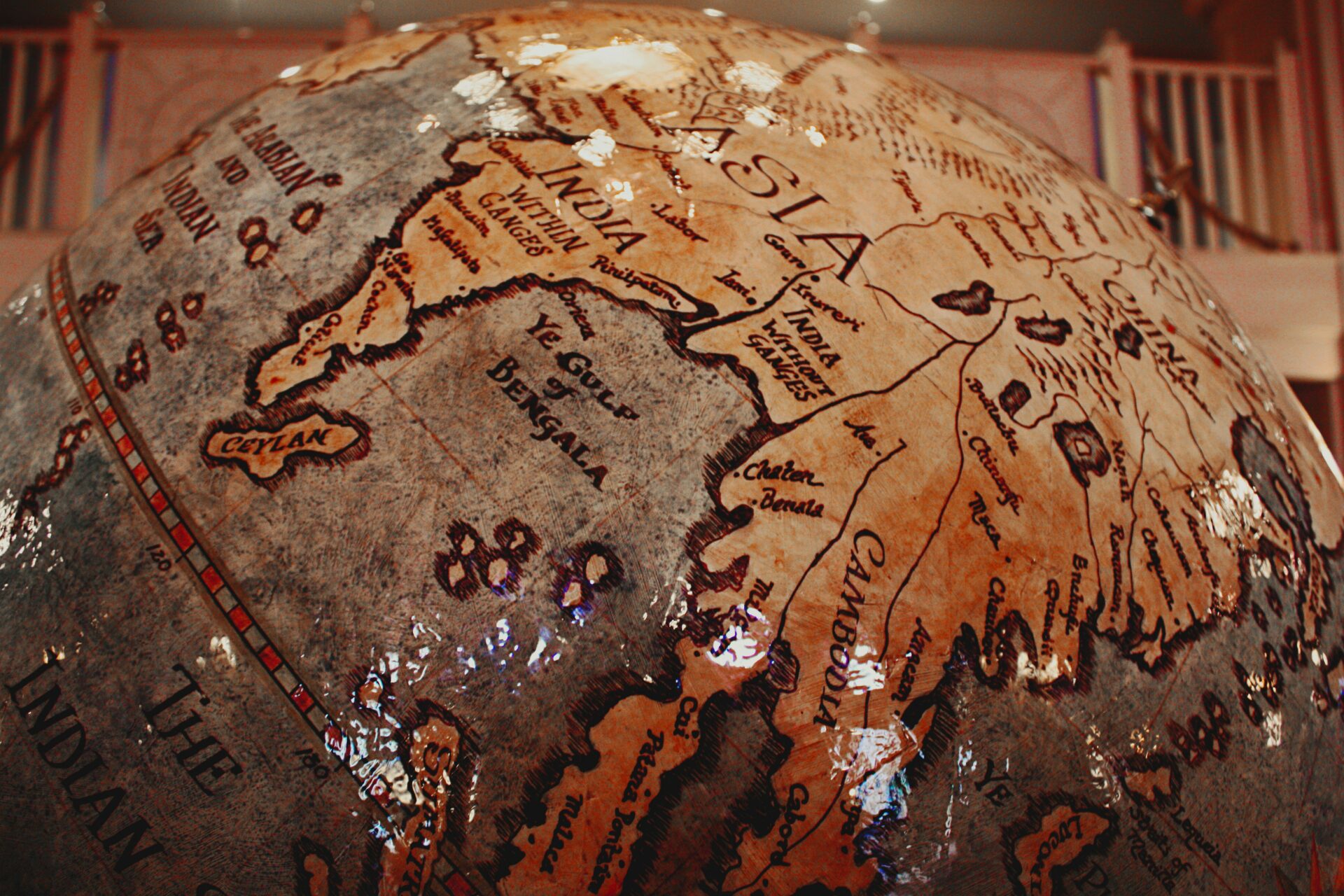Calls for inclusion can end up excluding that which they mean to bring in if they don’t recognize the representation that already exists. That is the premise behind Martin J. Bayly’s new article, “The Empire Cites Back: The Occlusion of Non-Western Histories of IR and the Case of India,” out this month from Jawaharlal Nehru University’s International Studies journal.
Bayly agrees that it’s right for calls for “global” and “non-Western” international relations to be gathering momentum, but asks whether such calls risk presuming an absence of international relations work in places like India. Bayly seeks to challenge the categories of global, post-Western international relations literature.
As Bayly puts it, “A more historicized global IR debate offers a fruitful research agenda that explores the multiple connected beginnings of IR as a global discipline responsive to a variety of intellectual lineages, encompassing a variety of political purposes and revealing entanglements of imperial and anti-imperial knowledge.”
Internationalizing IR
Calls for international relations to become more global are premised on the idea that it should become so to take into account global distribution of that being studied by the discipline and, additionally, universities and departments around the world. In this telling, “IR is a discipline born and raised in and for the West, but has diffused to the non-West to a greater or lesser degree requiring it to bring these alternative patterns of thought into the fold if it wishes to remain relevant.”
Bayly seeks to challenge the categories of global, post-Western international relations literature.
But the idea of global IR risks reinforcing the idea of “the West” as the starting point, Bayly writes. The narrative of “core” and “periphery” is reaffirmed, not broken. What is needed are “detailed intellectual histories of non-Western international thought.”
Bayly proceeds to carry out the kind of literature review he suggests by looking specifically at India, noting, for example, that Bengali sociologist Benoy Kumar Sarkar published on the “Hindu Theory of International Relations” in the American Political Science Review in 1919. And Sarkar was not the only Indian scholar publishing on international relations — and doing so from a “non-western” perspective, informed and motivated by anti-colonial struggles — in American journals around this time.
Blurring the Line
Alternative fora were established, too, like the Indian Council on World Affairs, established in 1943 “to encourage and facilitate the scientific study of Indian and International questions.”
Bayly concludes by stressing that it is not true that disciplinary trends in international relations did not sprout up in one spot and spread elsewhere: they were the result, he writes, of a global project that blurred the line between “Western” and “non-Western.” Or, as Bayly puts it, “The origins of international thought in India, therefore, resonated with disciplinary practices elsewhere, but crucially they were present at the same time that IR began to emerge in the ‘West’.”
Bayly argues that it’s important to remember this history not only to better understand the history of the discipline, but to improve understanding of the role of international relations in present policy debates, too.




















